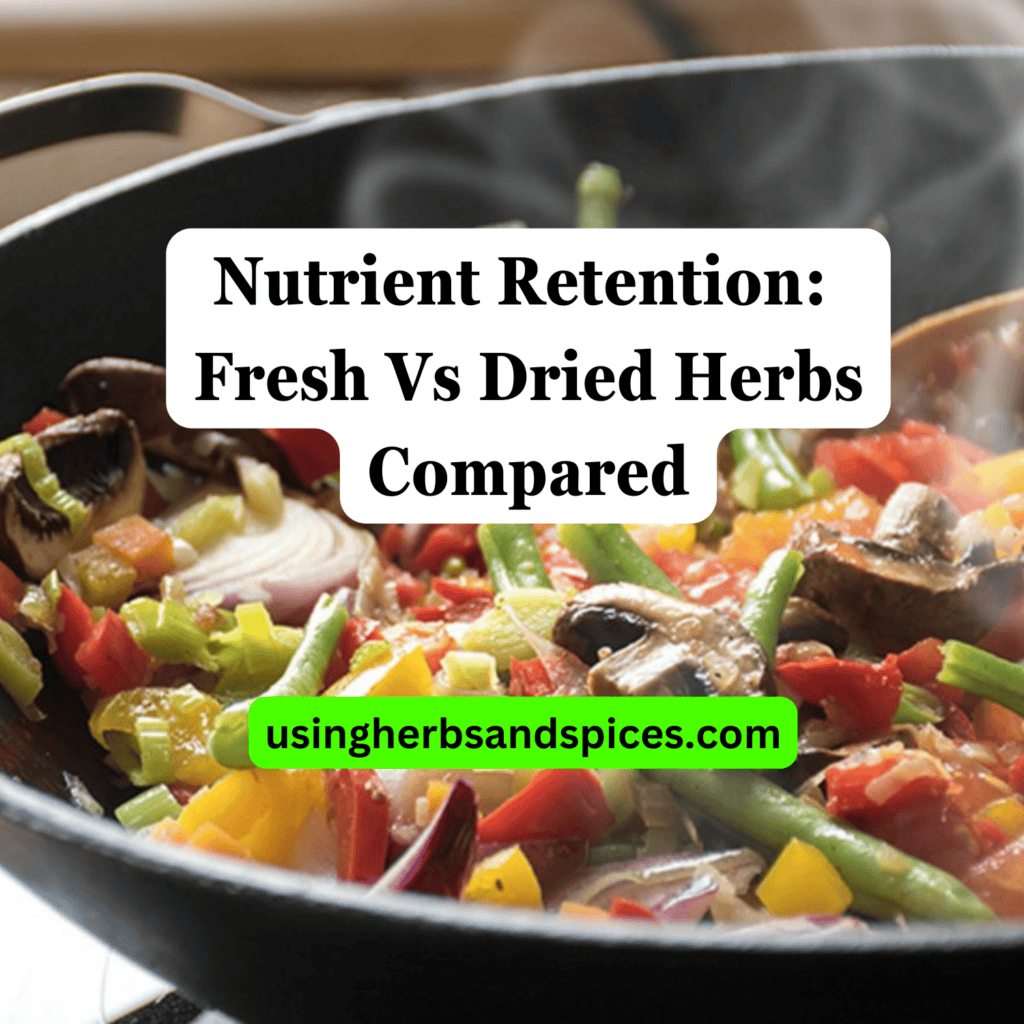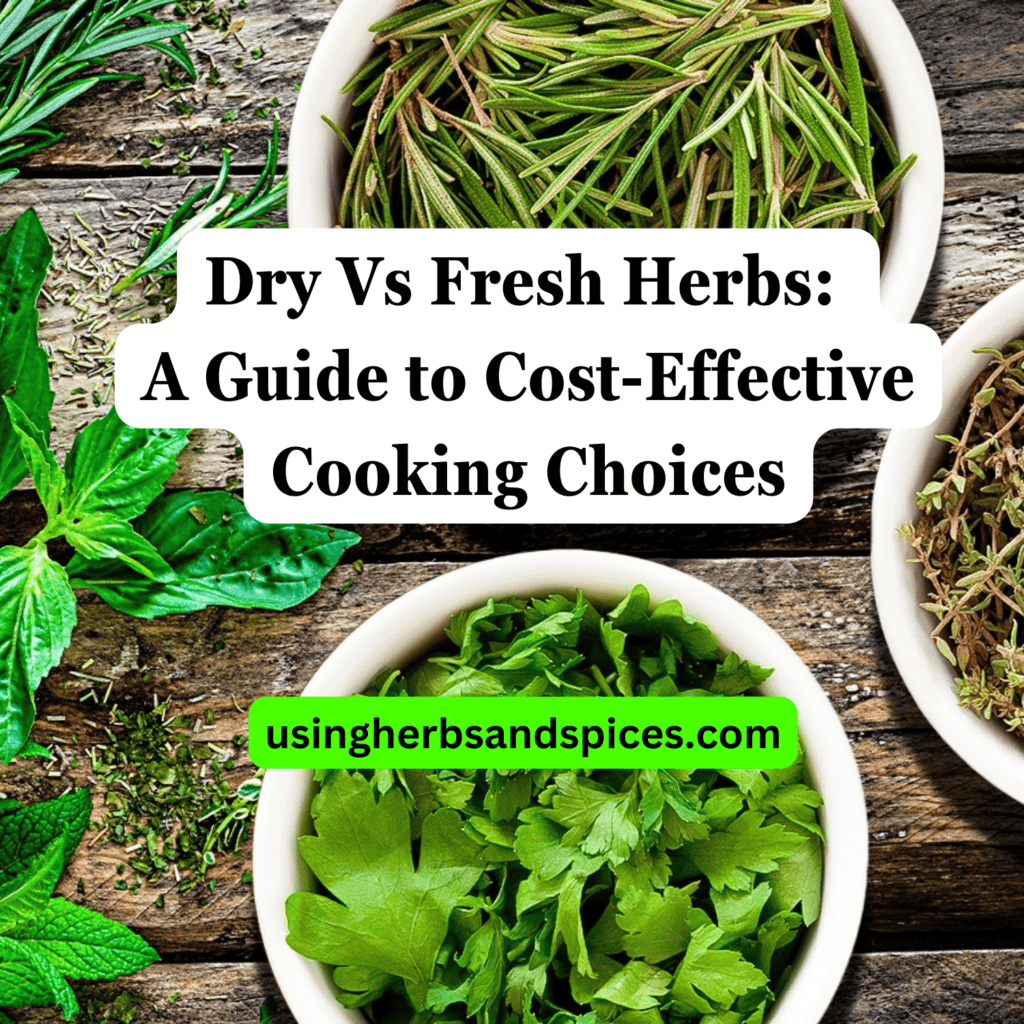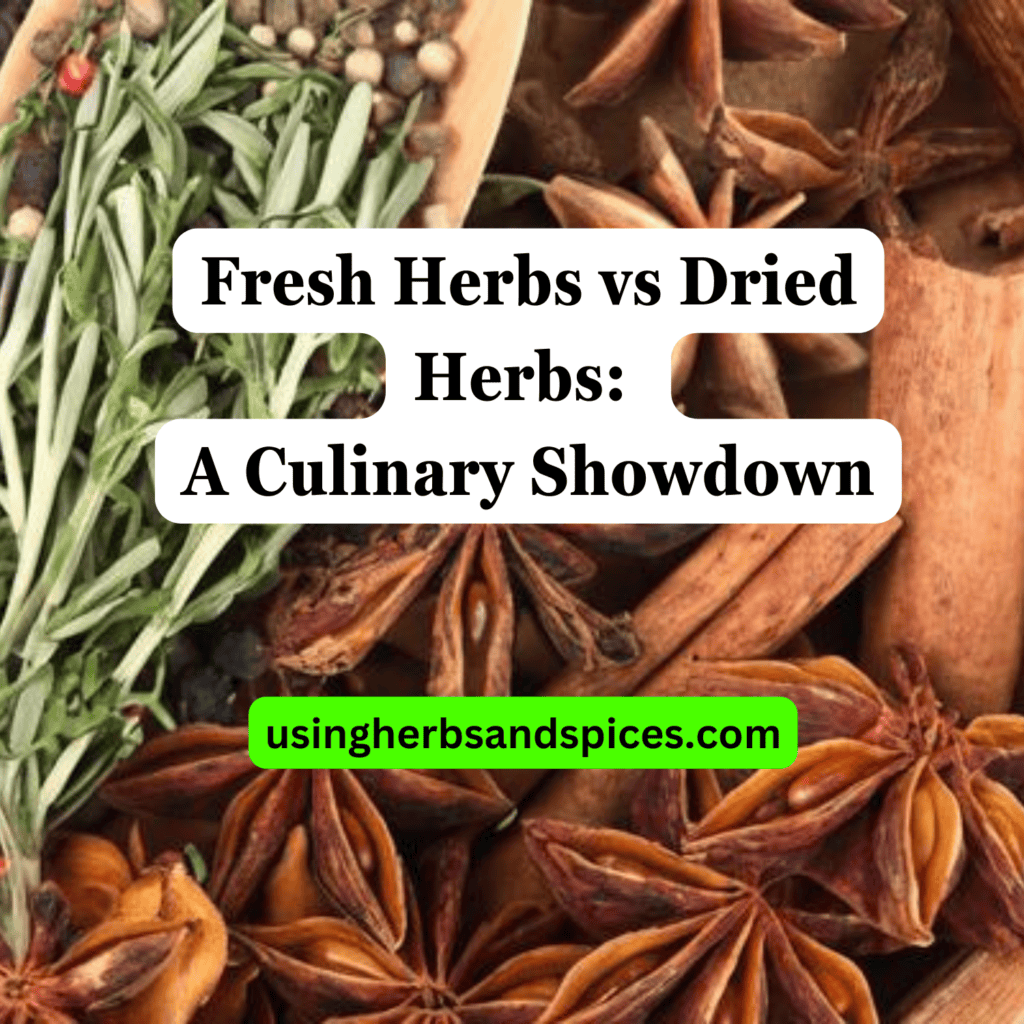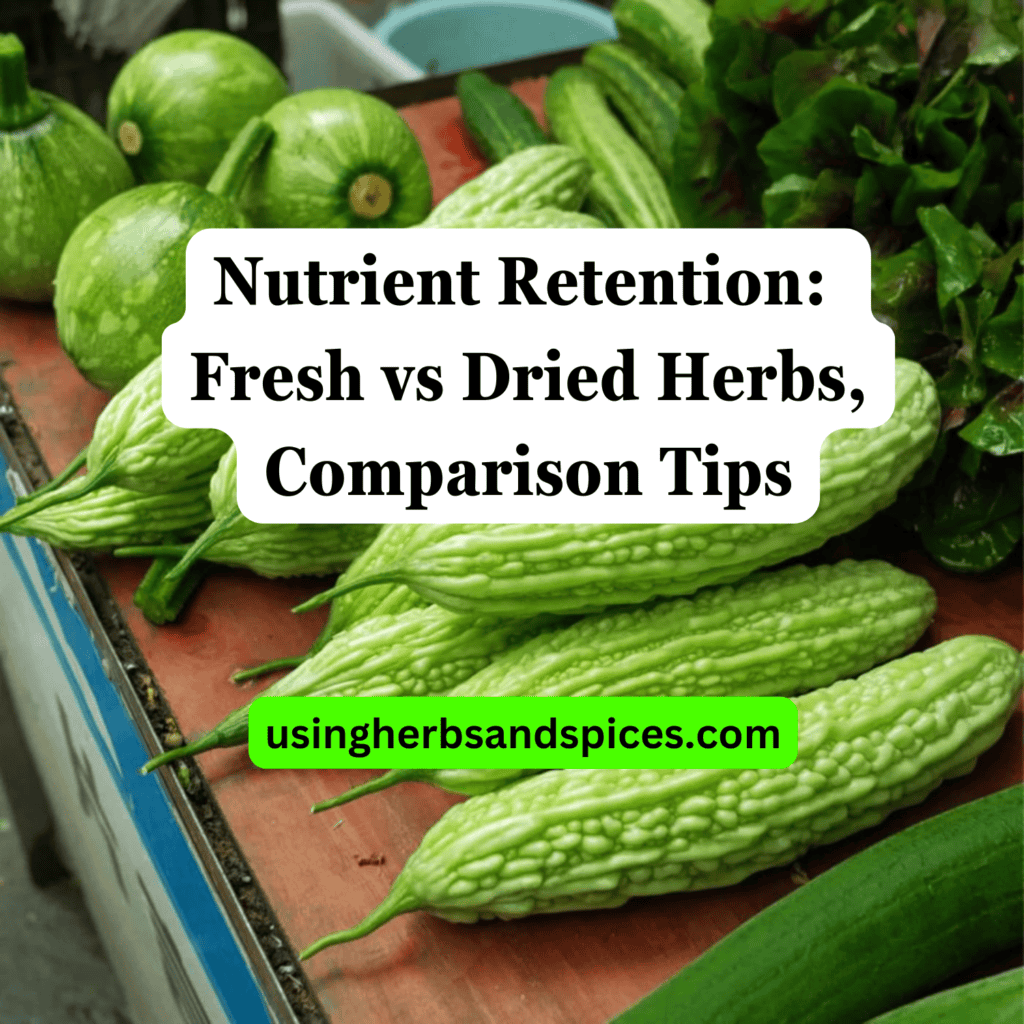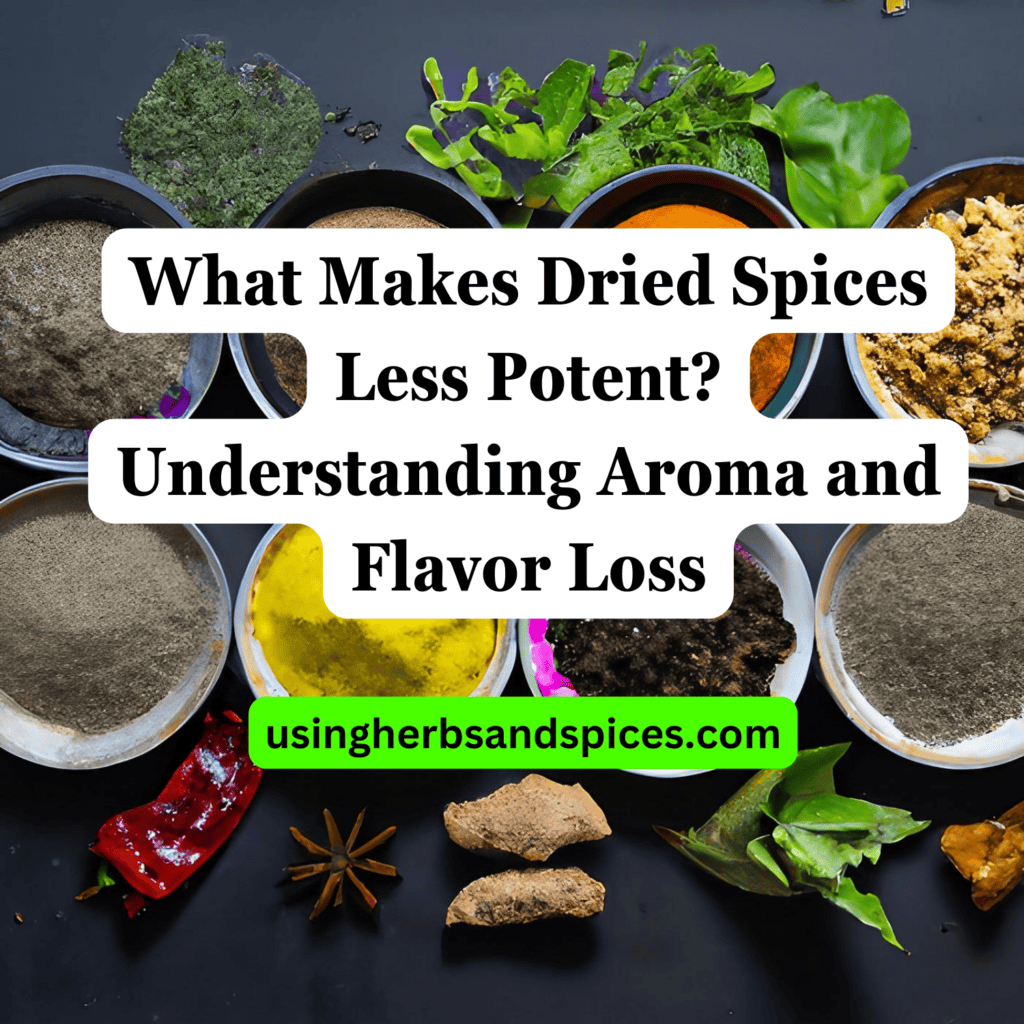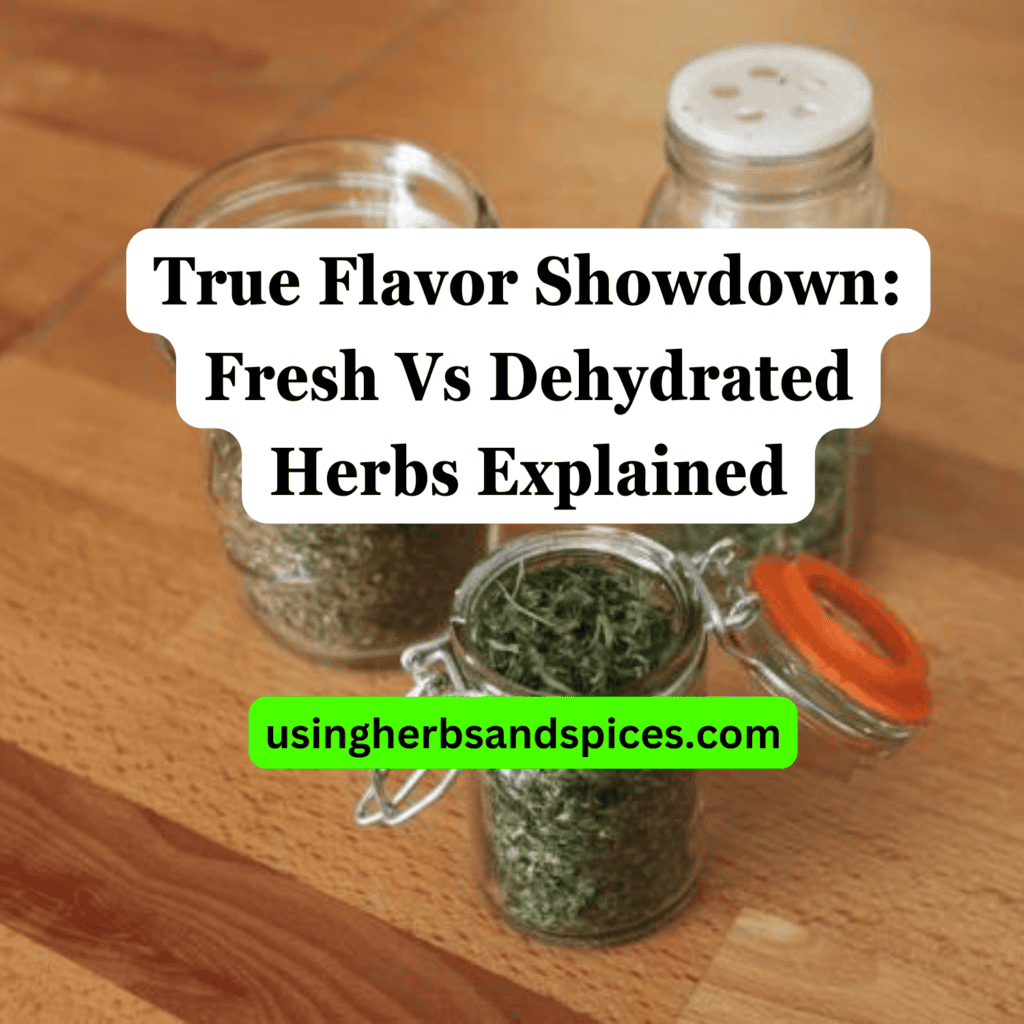SUMMARY: Fresh herbs boast higher moisture and can offer more vitamins per gram, while dried herbs are more concentrated with flavors and nutrients due to the removal of water. Knowing when to use each can make your meals both tastier and nutritionally richer.
Ever wondered how the nutrient content changes when herbs dry out?
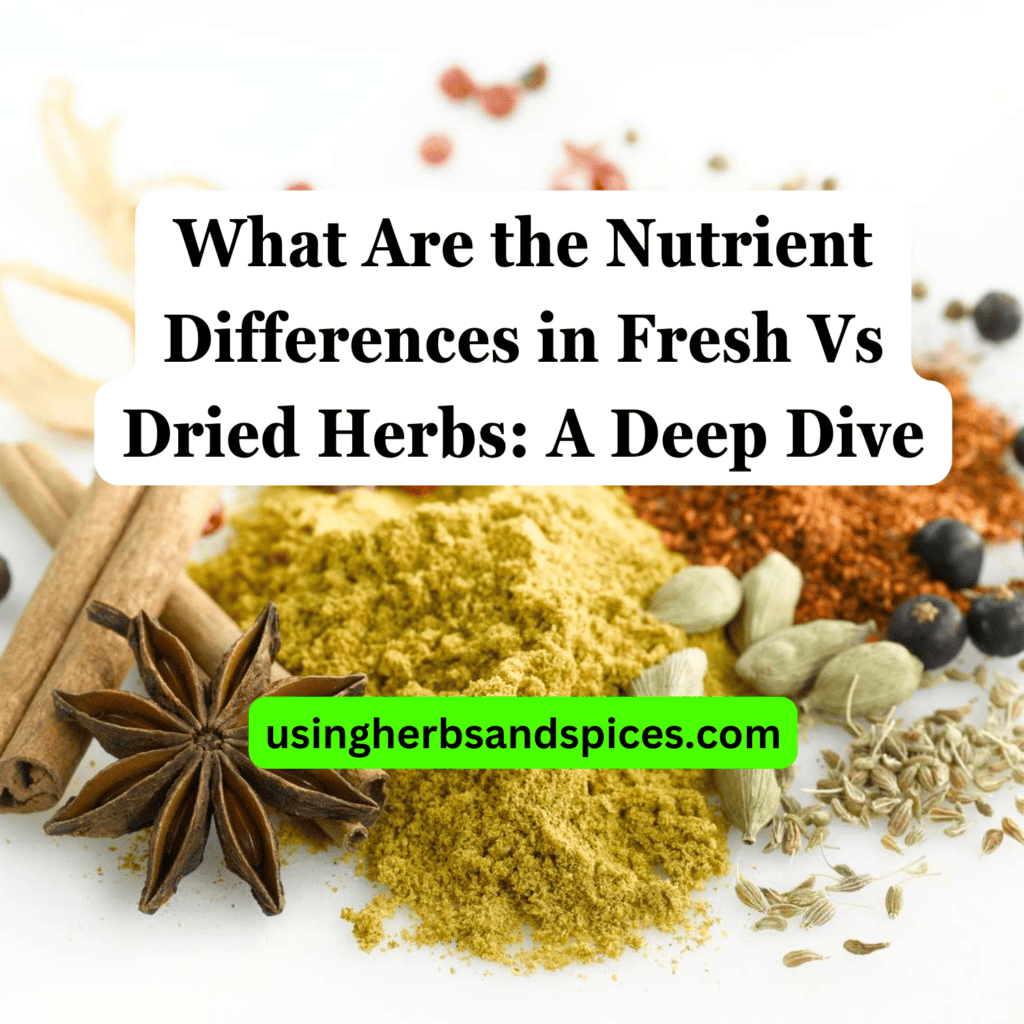
You’re not alone in wanting to maximize the health benefits of every ingredient in your kitchen.
- The science behind drying herbs and its impact on nutrients
- Comparing the nutrient profiles of fresh and dried herbs
- Guidelines for choosing between fresh and dried based on nutritional content
- Tips for incorporating herbs into your diet for optimal health benefits
Continue reading to discover how to make smarter choices between fresh and dried herbs for your meals.
The Science of Drying Herbs: How It Affects Nutrients
Understanding the scientific transformations that herbs undergo during drying is crucial for any culinary enthusiast or health-conscious individual. When herbs are dried, they’re subjected to a process that reduces their water content significantly, concentrating their flavors but also affecting their nutritional value. This dehydration method can lead to changes in the concentration of vitamins, minerals, and other bioactive compounds that are beneficial to health.
For instance, some herbs may lose a portion of their volatile oils, which are responsible for their aroma and some health benefits, during the drying process. However, the reduction in moisture content can increase the concentration of other compounds, making dried herbs more potent, weight for weight, than their fresh counterparts in some nutritional aspects. It’s a complex balance between preserving and concentrating the nutritional profile of herbs, one influenced heavily by the specific drying techniques used, including air drying, oven drying, or using a food dehydrator.
Moreover, the preservation process allows dried herbs to have a longer shelf life, making them a convenient and cost-effective option for ensuring year-round access to certain nutrients and flavors. By choosing the right drying method and storage conditions, the nutritional integrity of herbs can be maximized, retaining most of their beneficial properties.
Nutrient Profile: Fresh Herbs
Fresh herbs are not only a culinary delight but also a powerhouse of various nutrients. They offer an abundance of vitamins, particularly Vitamin C, Vitamin A, and Vitamin K, which play significant roles in immune function, vision, and blood clotting, respectively. Beyond vitamins, fresh herbs are sources of essential minerals like potassium, which is vital for heart health, and calcium, important for bone health. Additionally, fresh herbs contain various antioxidants and anti-inflammatory compounds that contribute to overall health and well-being. The high water content in fresh herbs also aids in the preservation of these nutrients, making them a highly beneficial addition to any diet.
Nutrient Profile: Dried Herbs
When herbs are dried, the process leads to a concentration of nutrients, meaning dried herbs can offer a more potent dose of vitamins and minerals per gram than their fresh counterparts. However, it’s essential to note that drying can also result in the loss of some volatile compounds and vitamins, particularly vitamin C, which is sensitive to heat and air exposure.
The process of dehydration reduces the water content drastically, allowing dried herbs to have a longer shelf life. This reduction in moisture content also means that the flavors become more concentrated. From a nutritional standpoint, dried herbs retain most of their minerals, such as iron, magnesium, and calcium, making them a beneficial addition to the diet, especially in dishes where fresh herbs cannot be used due to seasonal availability or cost constraints.
It’s also worth noting that the method of drying herbs can impact their nutritional value. Sun-drying, oven-drying, or using a food dehydrator can affect the intensity of the herb’s flavor and its nutrient content. For instance, controlled conditions like those in a dehydrator can help preserve more of the herb’s original nutrient profile compared to sun-drying, which might expose herbs to variable temperatures and environmental contaminants.
To maximize the benefits of dried herbs, proper storage is key. Storing them in a cool, dark, and dry place can help preserve their potency and nutritional value over time. Integrating dried herbs into your cooking can be a wonderful way to enhance flavor profiles while still reaping the benefits of their concentrated nutrients.
How to Choose: When to Use Fresh and When to Use Dried
Making the right choice between fresh and dried herbs depends on several factors including the intended use, flavor preference, availability, and desired nutritional benefit. Fresh herbs are generally best used in dishes where their brightness and vibrancy can shine through, such as salads, dressings, and garnishes. Their fresh, aromatic qualities are hard to substitute, especially in cuisines that prioritize fresh flavors.
On the other hand, dried herbs are more suited to longer cooking processes where their concentrated flavors can meld and infuse the dish, such as in soups, stews, and marinades. The intensity of dried herbs means they can withstand high temperatures and prolonged cooking times without losing their essence. Additionally, when fresh herbs are out of season or not easily accessible, dried herbs offer a practical and cost-effective alternative without compromising on nutrition.
It’s crucial to note the ratio for substituting dried herbs for fresh to maintain balance in flavor. A general guideline is to use one-third the amount of dried herb for the fresh herb called for in a recipe. For example, if a recipe requires 1 tablespoon of fresh oregano, use 1 teaspoon of dried oregano as a substitute.
Ultimately, the choice between fresh and dried hinges on personal taste, recipe requirements, and the specific nutrients you aim to incorporate into your diet. Both forms hold valuable places in a well-rounded culinary and nutritional arsenal, making it beneficial to incorporate a mix of fresh and dried herbs in your cooking.
Unveiling the Impact of Fresh Vs Dried Herbs on Nutritional Content
The journey through the nutrient profiles of fresh and dried herbs illuminates the pivotal role they play in enriching our diets.
- The drying process alters the concentration of nutrients in herbs, often intensifying flavors while affecting their vitamin and mineral content.
- Fresh herbs typically offer higher levels of vitamins, particularly water-soluble ones like vitamin C, which are sensitive to the drying process.
- Dried herbs, due to their reduced moisture content, provide more concentrated amounts of certain minerals and antioxidants per gram compared to their fresh counterparts.
- Choosing between fresh and dried herbs depends on the specific nutrients you aim to maximize in your diet, as well as the culinary application.
In closing, both fresh and dried herbs hold significant nutritional value with distinct benefits. Recognizing their differences ensures we can strategically enhance our meals, not just for the taste, but for a balanced and healthful diet. Embracing the diversity of herbs in their various forms allows us to optimize our nutritional intake and explore deeper into the art of cooking.
Nutrient Differences in Fresh Vs Dried Herbs FAQs
What are the main nutrient differences between fresh and dried herbs?
The primary nutrient differences between fresh and dried herbs lie in their vitamin and mineral content. Fresh herbs often retain more water-soluble vitamins, like vitamin C, which can be diminished in the drying process. Meanwhile, dried herbs, due to their reduced water content, can offer more concentrated levels of certain minerals and antioxidants per gram.
Do dried herbs lose all of their nutritional value once dried?
Despite common misconceptions, dried herbs do not lose all of their nutritional value through the drying process. While there is a reduction in certain nutrients, such as vitamin C, dried herbs still retain significant levels of minerals, antioxidants, and other vitamins. The key is in how they are processed and stored, as proper drying and storage methods help to preserve their nutritional content.
How should I choose between using fresh or dried herbs?
Choosing between fresh or dried herbs should be based on the specific flavors and nutritional benefits you are aiming to incorporate into your meals. Fresh herbs are preferable when you desire a bright, vibrant flavor and a higher content of water-soluble vitamins. Dried herbs, on the other hand, are ideal for longer cooking processes and when you seek a more concentrated flavor or need a shelf-stable option that still offers nutritional value.
Can the cooking process affect the nutrients in fresh or dried herbs?
Yes, the cooking process can affect the nutrient levels in both fresh and dried herbs. High temperatures and long cooking times can lead to the degradation of heat-sensitive nutrients, particularly in fresh herbs. However, the impact on dried herbs may be less pronounced due to their already altered state. Incorporating herbs at the end of the cooking process can help preserve their nutritional content and flavor.

